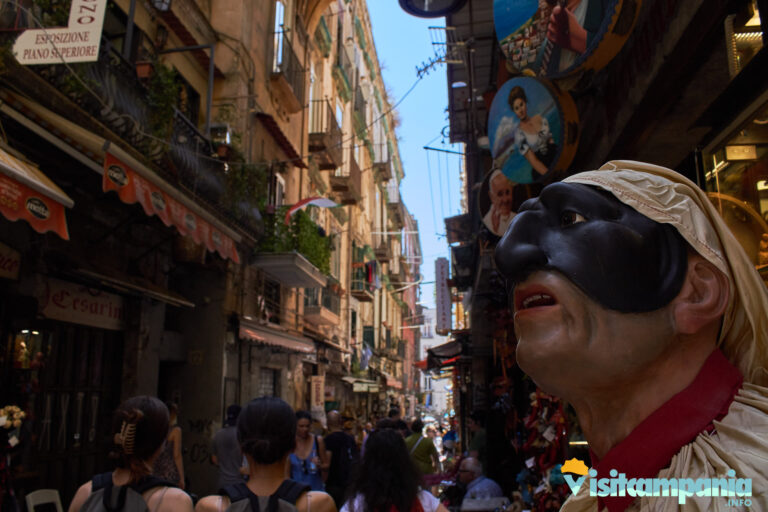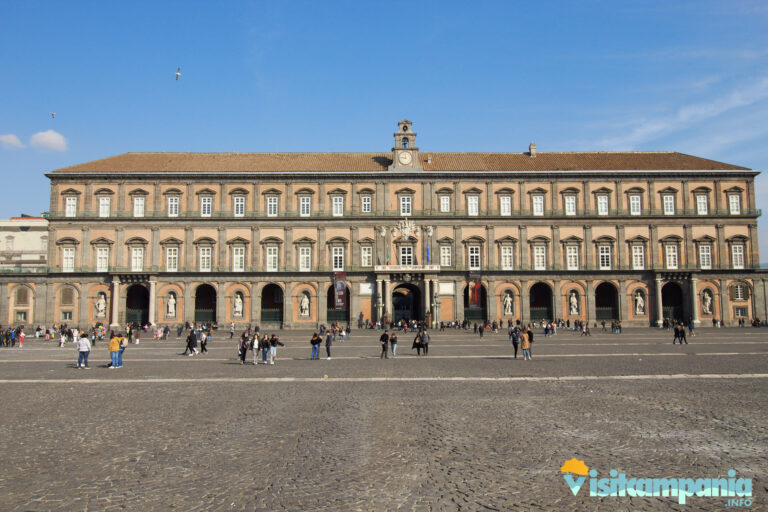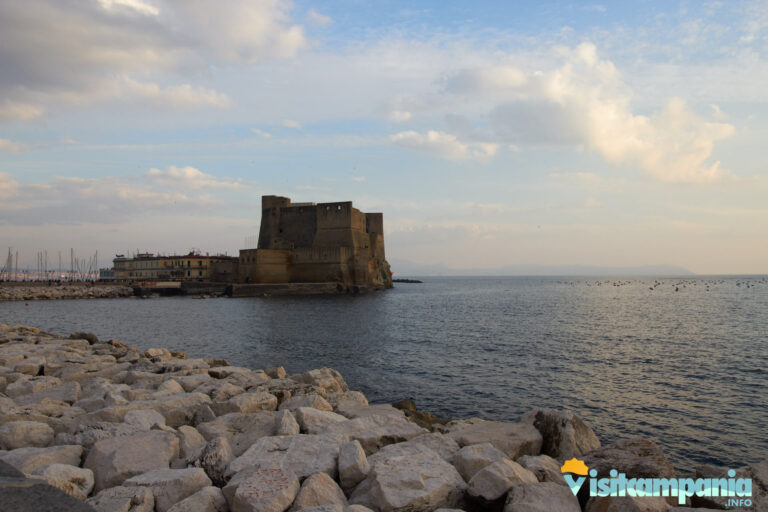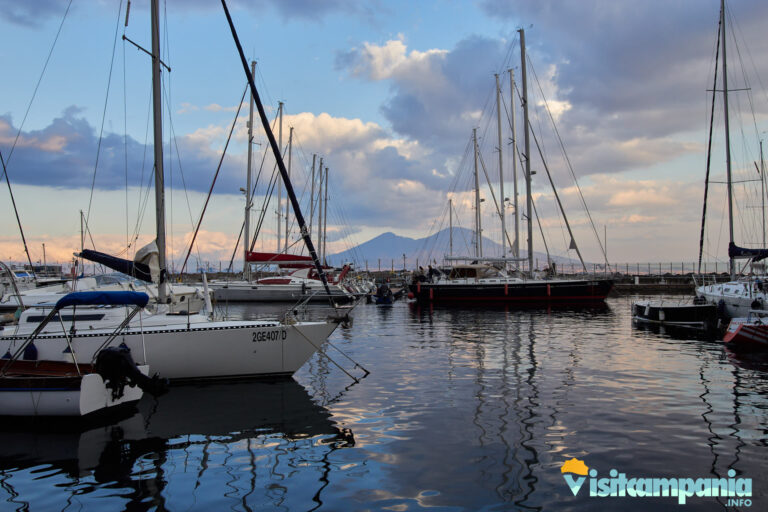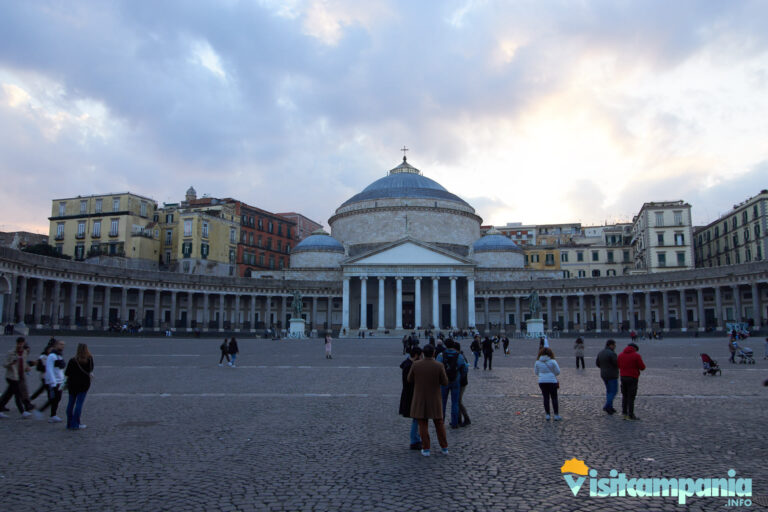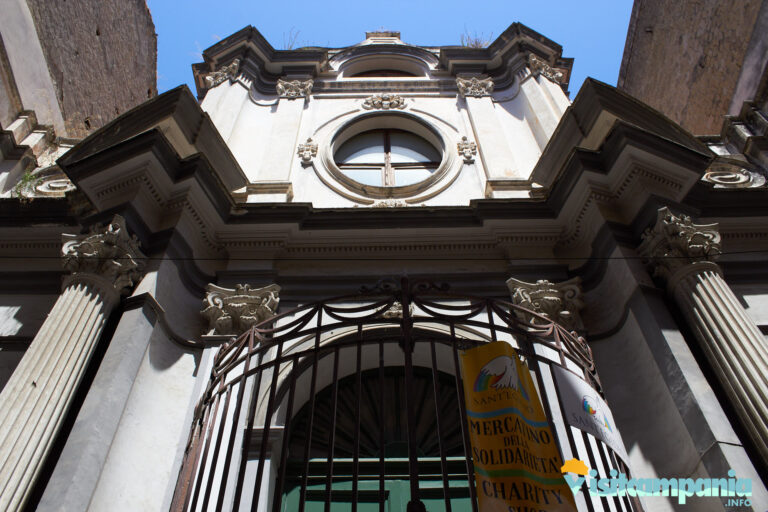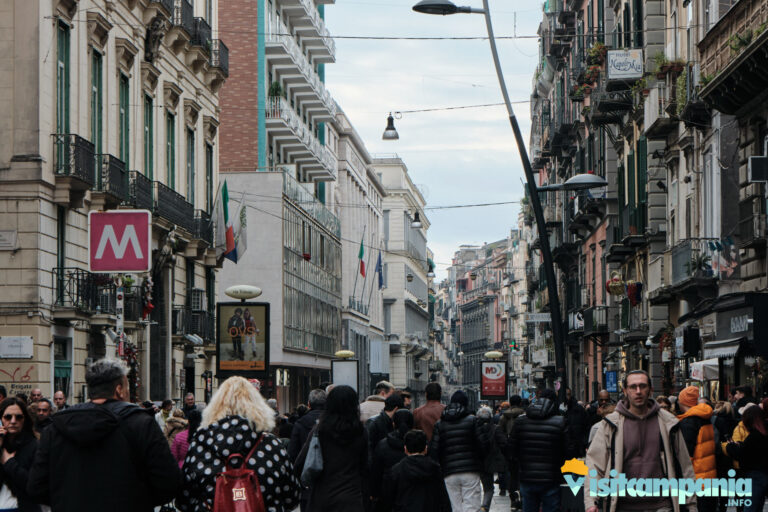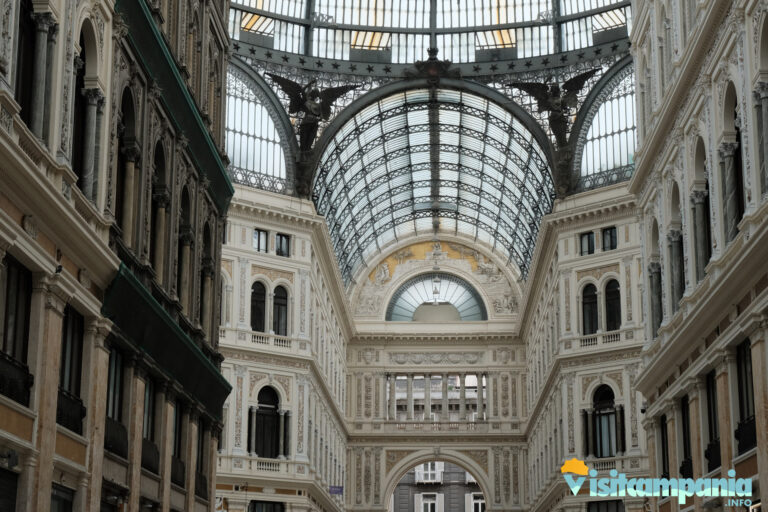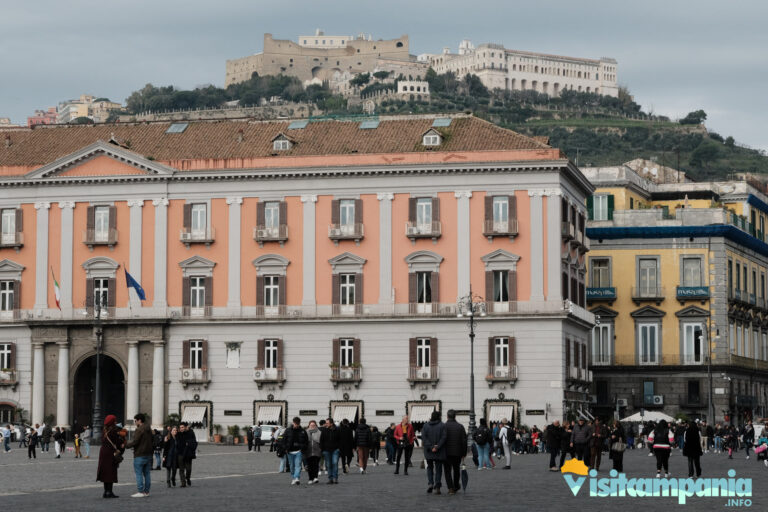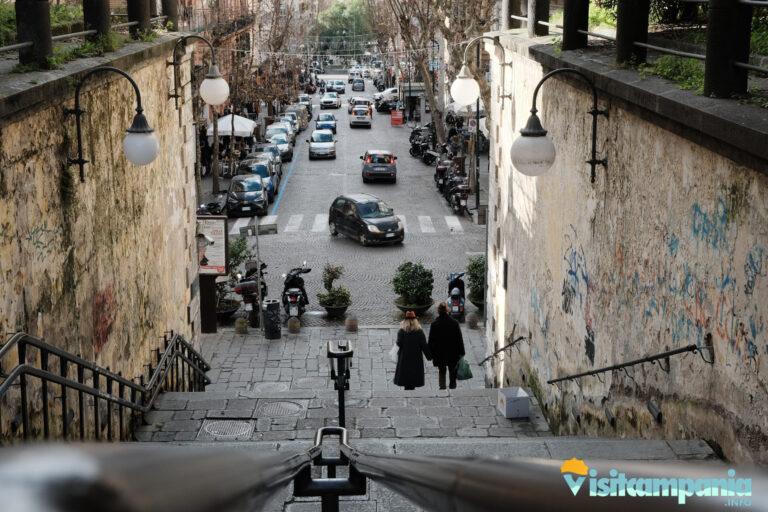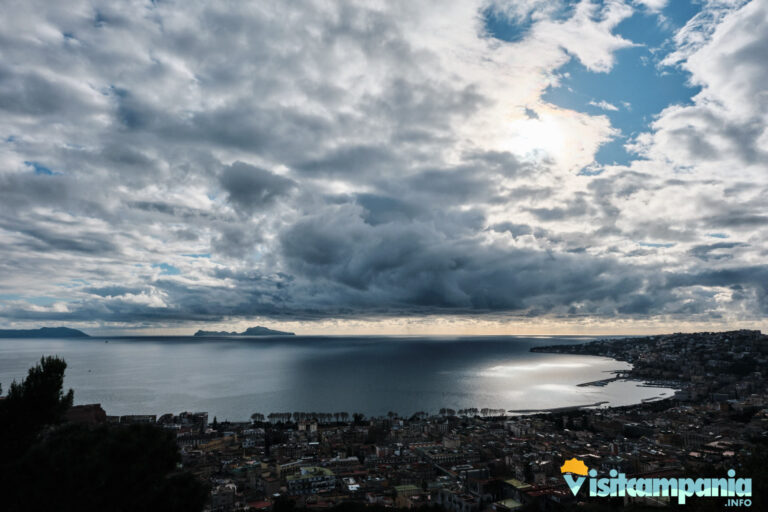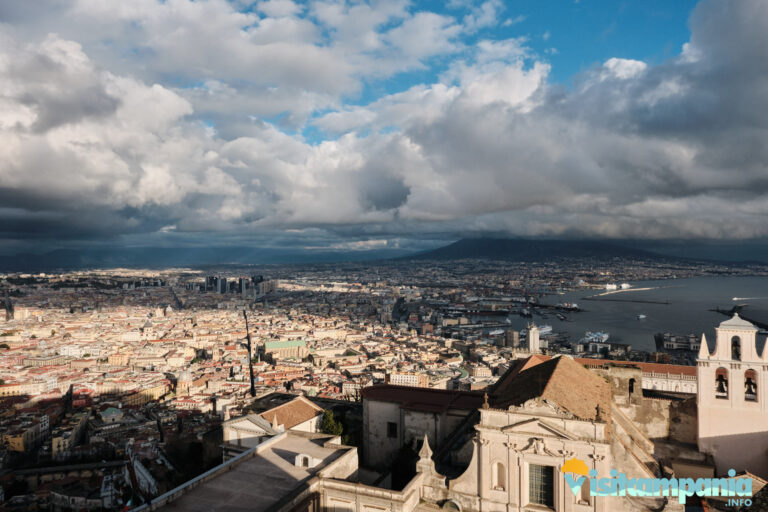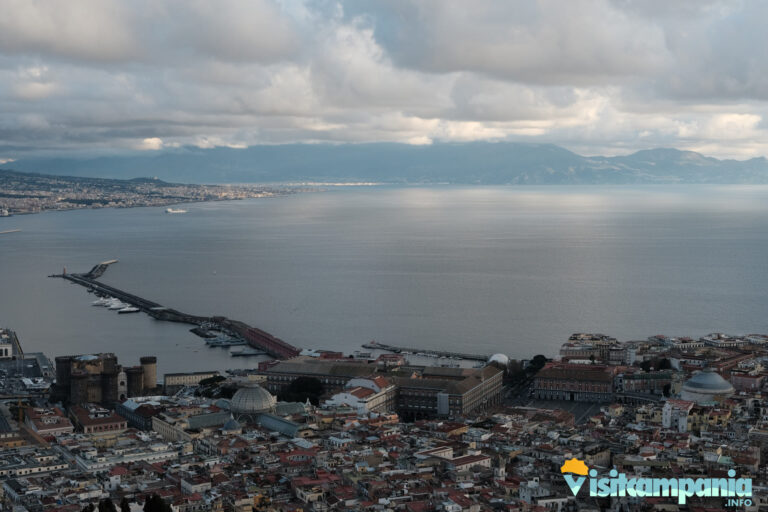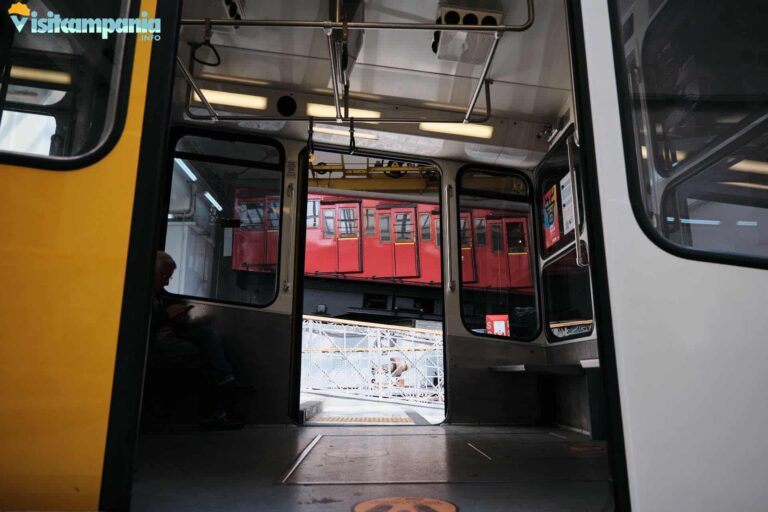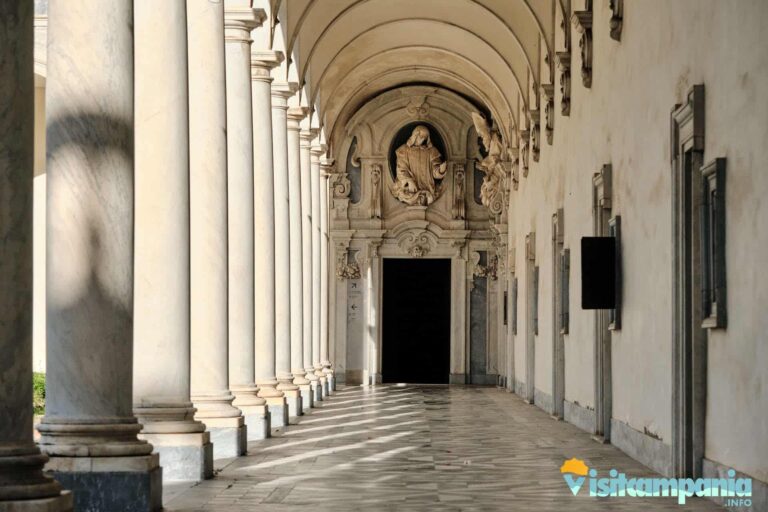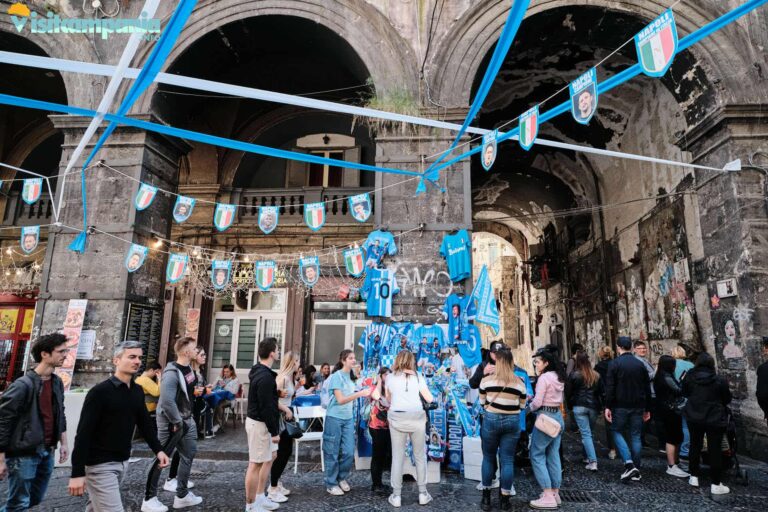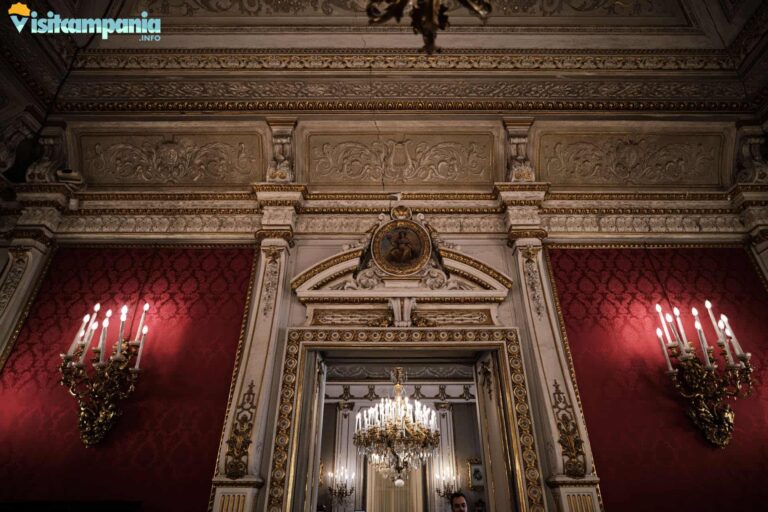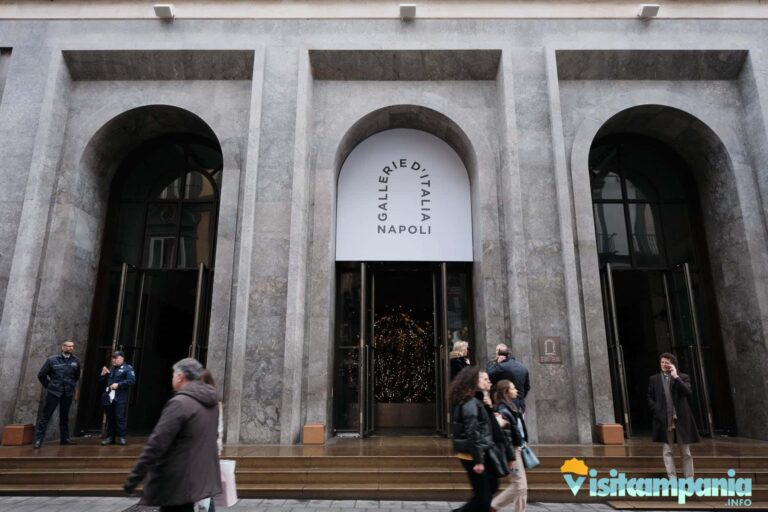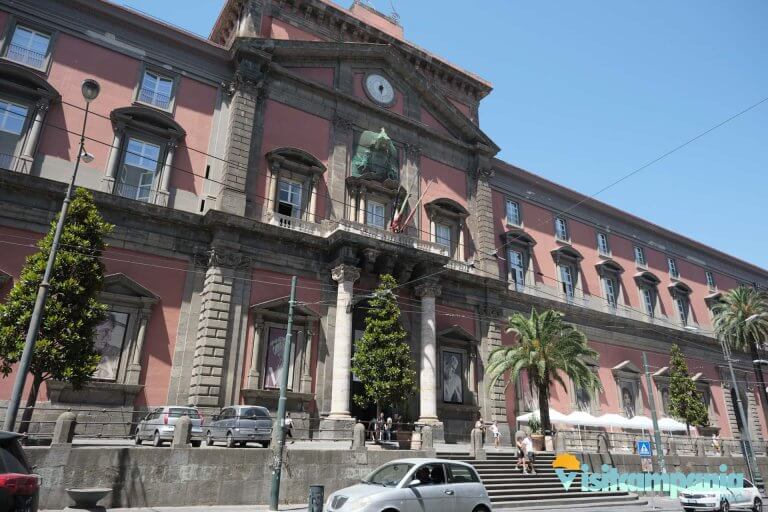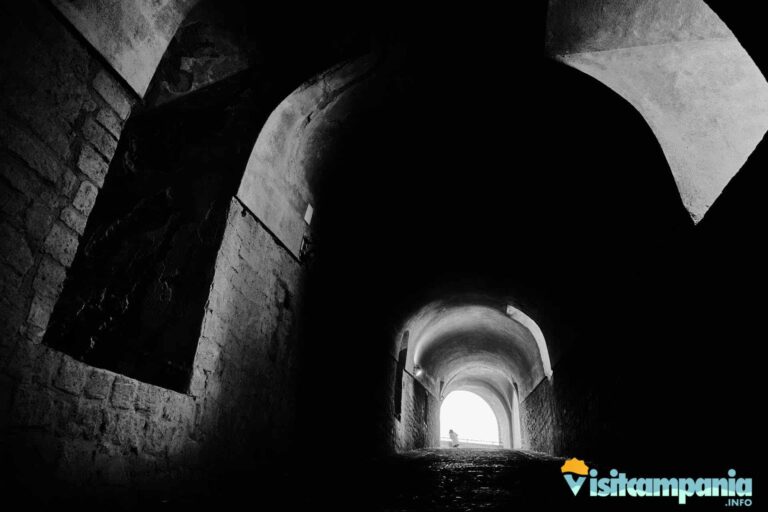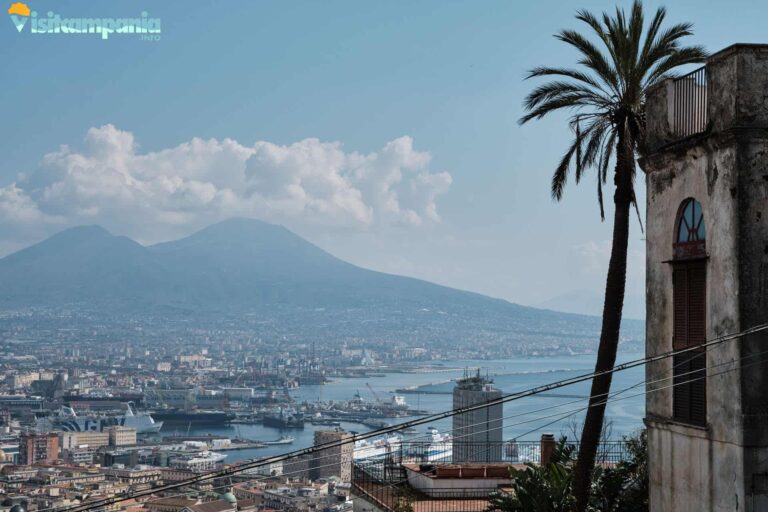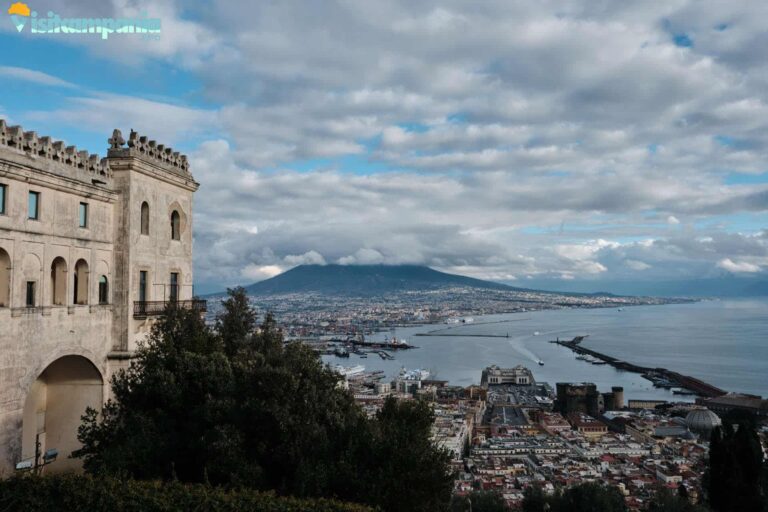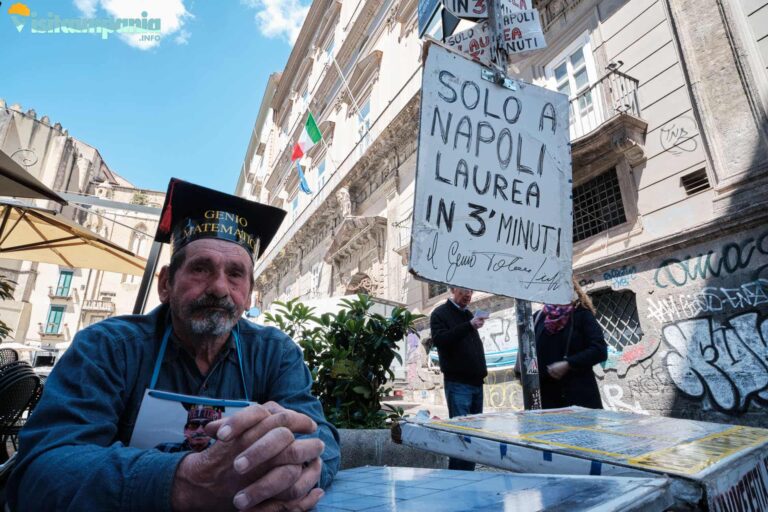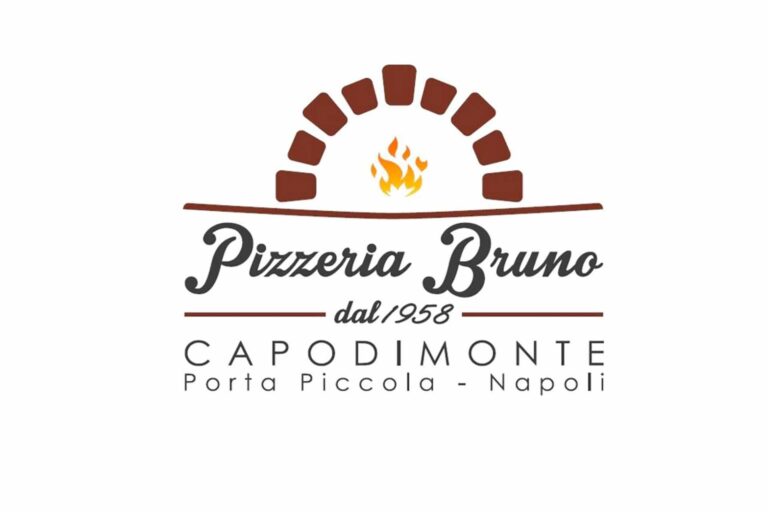Brief history of Naples
Myth and Foundation
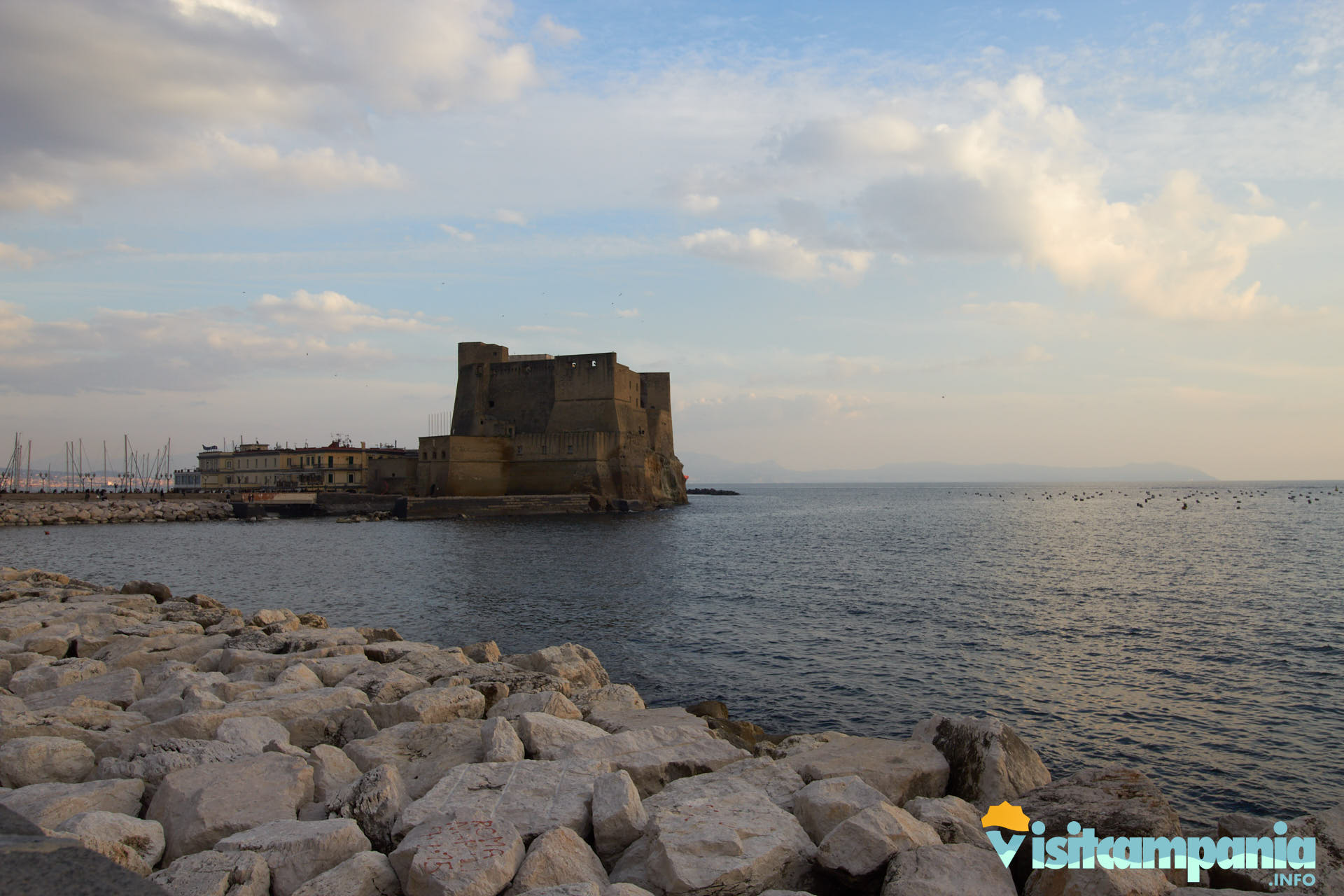
On an unspecified day in the eighth century BC, in a Campania Gulf protected by volcanoes and hills, the waves of the sea release the lifeless body of an extraordinary being. It is the siren Partenope, killed by Ulysses, and the precise place is the shoreline under the hill of Pizzofalcone, in front of the islet of Megaride. The area is not uninhabited. It houses, in fact, a small settlement founded in 1225 BC even by Falero, the mythical Athenian archer who belonged to the Argonauts group.
These are the mythological origins of Naples. Beyond the myth, the first settlement from which the city originated is, however, datable in the eighth century BC. It was founded by Greek settlers from Rhodes who called the new settlement Partenope, perhaps due to the presence of an altar dedicated to the siren. It is not a real town but a small group of houses perched on the hill of Pizzofalcone.
Greek and Roman Naples
To give new impetus to the development of the village are the Cumans, also of Greek origin but of the island of Euboea, who in 680 BC refounded Partenope incorporating it into their sphere of influence. Partenope thus begins to develop and soon becomes a thriving town. Perhaps even too flourishing since, in 530 BC, it is the Cumans themselves who destroy it and bring it back to the status of a small village.
Another fundamental step, indeed the fundamental stage, in the birth of Naples is 470 BC. In fact, it is in this year that the Cumans, defeated three years earlier by the Etruscans for hegemony over the area, found next to Partenope a new city, precisely Neapolis. The two villages thus begin to develop together and, finally, to merge. But Partenope, in the meantime renamed Palepolis, or old city, has now passed the baton to the New City in the long race of History.
A very important archaeological discovery, made during the construction of the new metro station in Piazza Municipio, has brought to light the old port that the two inhabited nuclei shared. Some finds can now be visited at the National Archaeological Museum MANN. And, always to the Greek period, the Decumani, the beating heart of the current historic center, also date back.
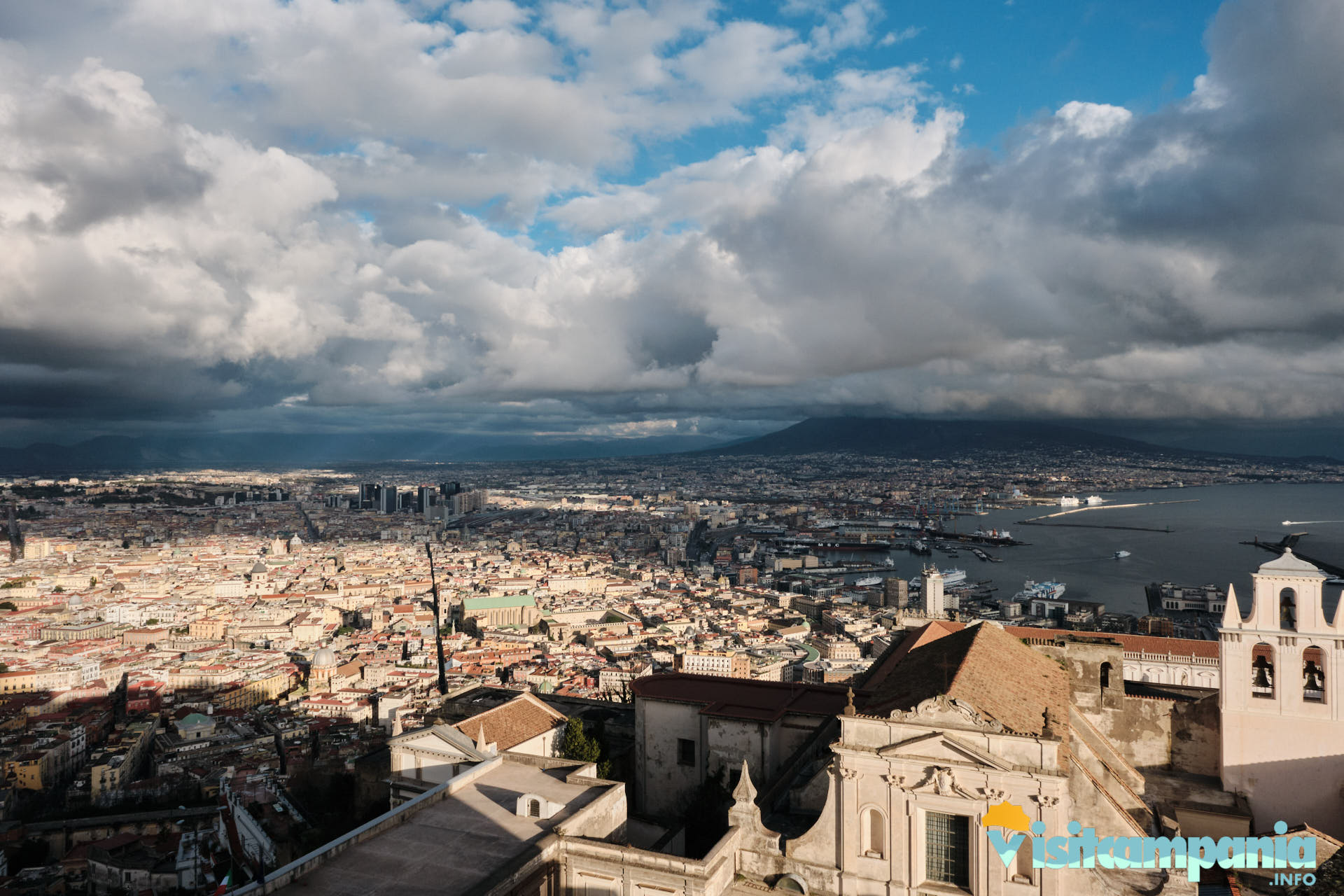
In 326 BC Naples enters the Roman orbit, with the status of federated city first and Roman municipality then, and remains there until the end of the Empire when in Naples, in 476 AD, Odoacer deposes Romulus Augustus, the last Western Roman Emperor, imprisoning him in Castel dell’Ovo, at the time a fortified Roman villa. There are numerous traces of the Roman presence in Naples still visible today such as the thermal baths discovered near the monastery of Santa Chiara in the center or the market found near the Basilica of San Lorenzo Maggiore.
Naples in the Middle Ages
After the fall of the Empire, Naples is involved, like much of the Italian territory, in the struggle for supremacy between Barbarian peoples and Byzantine reconquest. In the end in this part of Italy prevails the Byzantine Empire of which Naples is part until 1139 when, at the hands of Roger II the Norman, it is annexed to the Kingdom of Sicily.
The Normans in Naples did not last long and yet left indelible traces such as Castel dell’Ovo and Castel Capuano.
Only a few years, we are in 1194, and a new Imperial army knocks on the gates of the City. This time it is the Holy Roman Empire and it is led by Henry VI of Swabia. Incidentally, Frederick II belonged to this dynasty, who went down in history as stupor mundi, and founder, right in Naples, of the first secular and state university in Europe that still bears his name.
The Swabians were succeeded by the Angevins in 1266 and, in 1282, the Captale of the Kingdom was transferred to Naples from Palermo. This event is linked to the birth of two formally distinct Kingdoms and both “of Sicily” reunited in the Kingdom of the Two Sicilies only in 1816. As the capital, Naples lives a period of development witnessed, even today, by the Maschio Angioino and Castel Sant’Elmo dating back to this period.
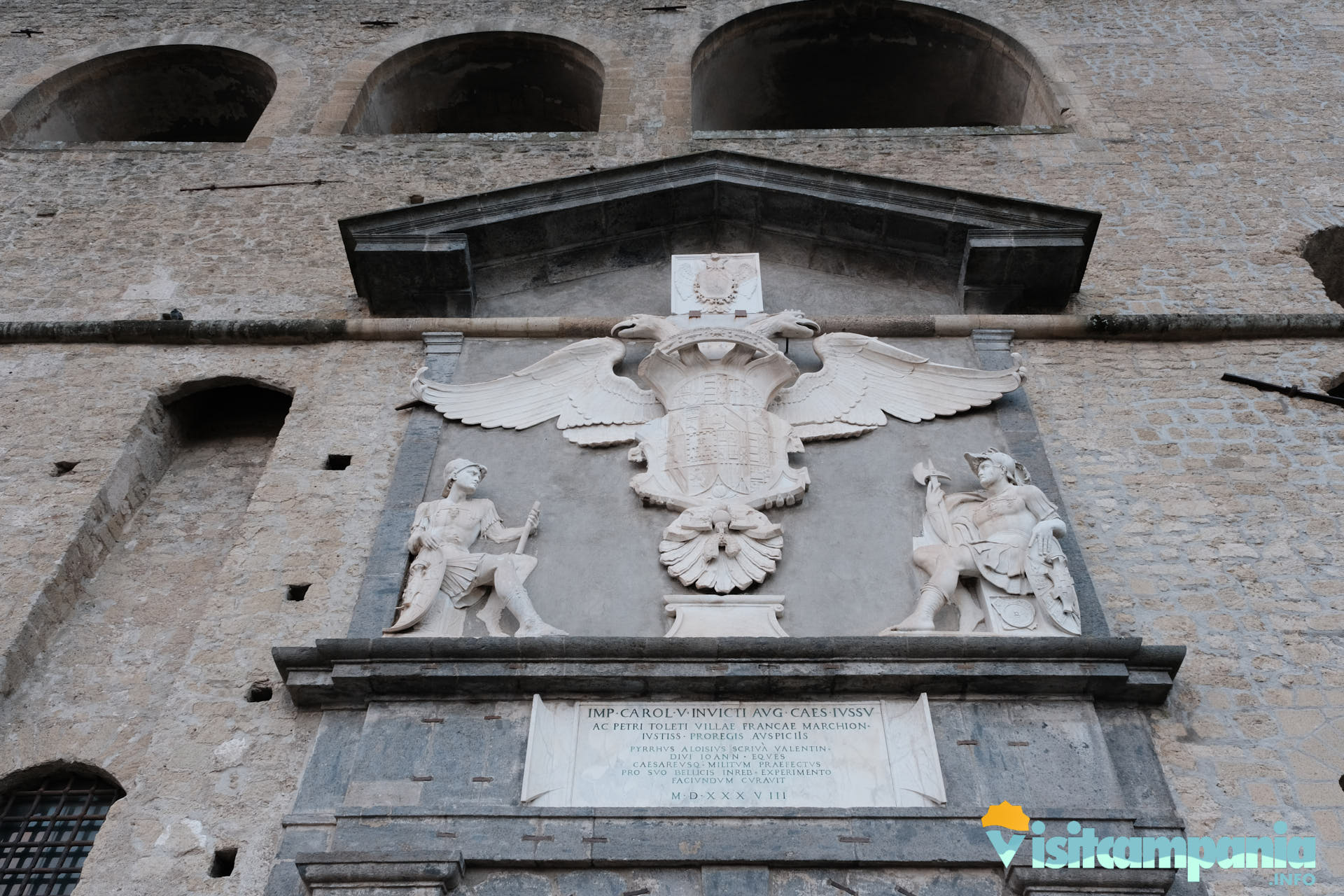
Naples beyond the Middle Ages
In 1442 the Aragonese arrived and from the Kingdom of Naples became Viceroyalty in 1503. It is during the Aragonese occupation that the revolt of Masaniello occurs, the news of which quickly went around Europe. But it is also in this period that Via Toledo and the Spanish Quarters are built as impulses to the urban and economic development of the city.
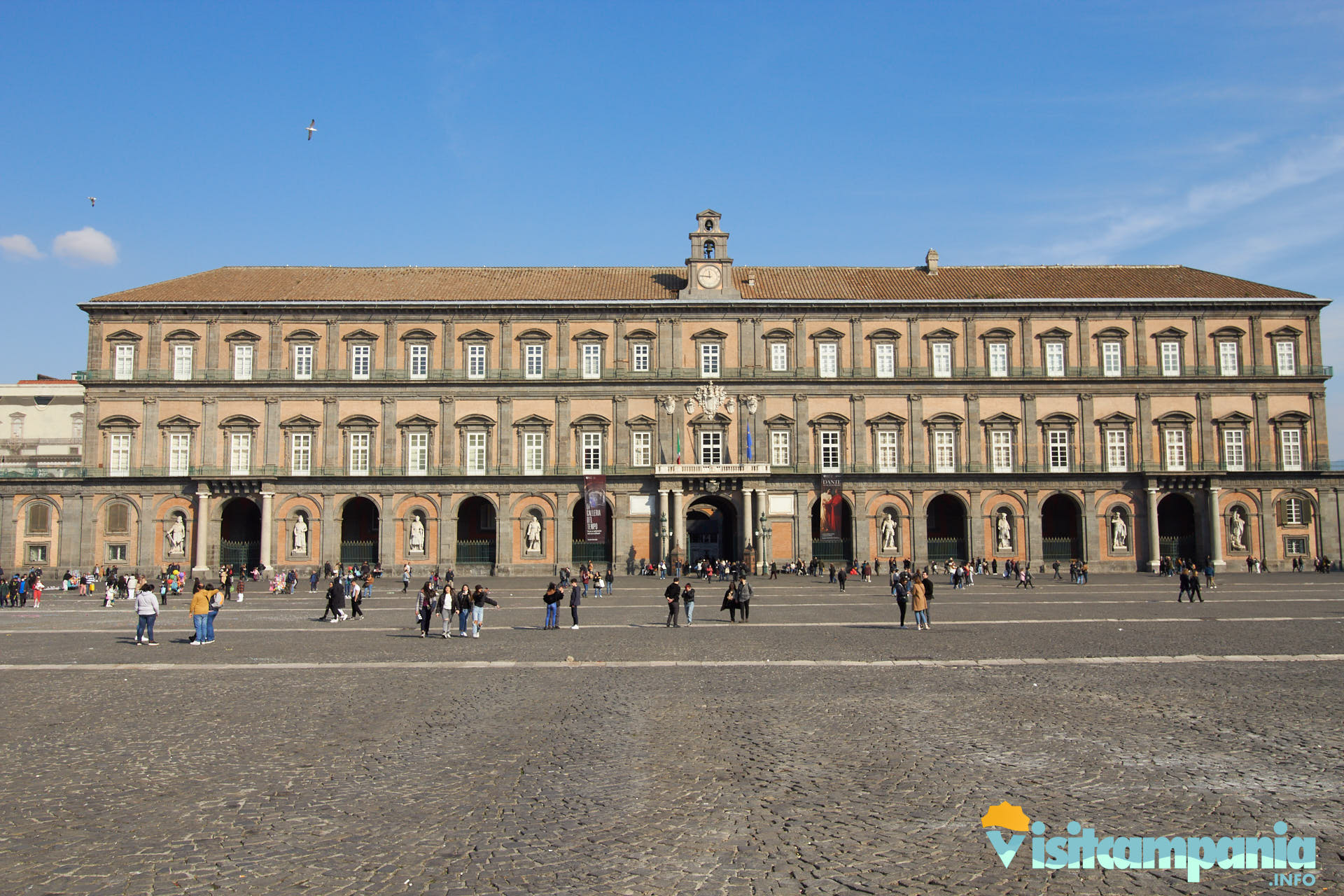
The Spaniards remained in Naples until 1700 when Charles II of Habsburg, the last heir of the family and King of Spain, died. Thus began the War of the Spanish Succession. As a result, the Austrians conquered Naples and it was not until 1734 that Charles of Bourbon ascended the throne of the Kingdom of Naples.
Naples and the Bourbons
With the advent of the Bourbons, Naples lives a new period of urban and economic expansion. It is, in fact, to this period that the realization of important works such as the Real Teatro di San Carlo, the Regge di Portici and Capodimonte, the Albergo dei Poveri, the Royal Palace of Caserta date back. And, again, we owe to these years the first systematic excavation operations in the sites of Herculaneum and Pompeii which then gave rise to the Neoclassical style.
The Bourbon domination knows two important interruptions always produced by the French. On the basis of the revolutionary movements beyond the Alps, 1799 sees the birth of the Neapolitan Republic that will last only a few months. 1806 is instead the year of the French conquest of the Kingdom by Joseph Bonaparte, Napoleon’s brother. In 1808, Napoleon himself crowned Joachim Murat King of Naples. Finally, 1815 saw the return of the Bourbons and, in 1816 , the reunification of the two autonomous Kingdoms “of Sicily” into a single Kingdom of the Two Sicilies.
Naples and the Unification of Italy
1860 is the last stop of the Bourbons in Naples. Without declaration of war, the army of the Kingdom of Sardinia, led by Giuseppe Garibaldi, defeats the Bourbon army. With a subsequent plebiscite, the annexation of the Kingdom of the Two Sicilies to the nascent Kingdom of Italy was ratified.
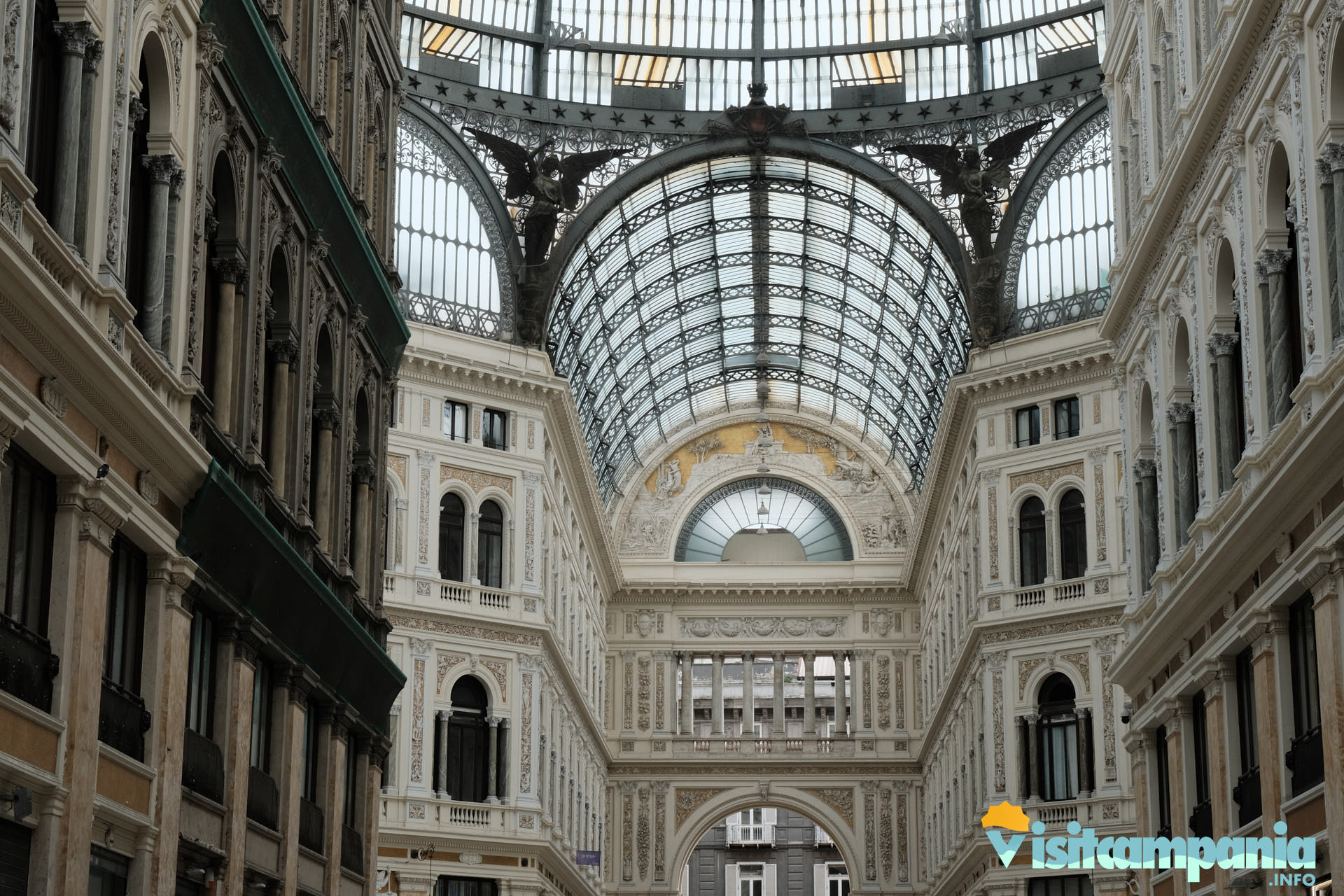
The last major urban interventions in the city date back to the post-unification period. We must, in fact, to the last years of the 800 the realization of Corso Umberto I and the squares on it located, Piazza Borsa, Piazza Quattro Palazzi, and, above all, of the Galleria Umberto I. Finally, the last major work, whose construction is still in progress, is the new metro system that saw the inauguration of the first Art stations in 2001.
Let’s orient ourselves in the city
It’s time to start orienting ourselves in the city. First, however, two clarifications are necessary:
- The very brief historical excursus is indispensable, despite its simplicity, to read the urban and archaeological fabric of the city and its stratifications all visible and, often, visitable. It is no coincidence that various palaces, archaeological excavations and urban interventions have been mentioned which, like the circles of the trunk of a tree, testify to the evolution and growth of Naples in its more than two thousand years of history;
- in this section we deal only with the municipal territory of Naples. By choice, each municipality is dedicated to a section with its attractions. This could displace a little the tourist who does not yet know the city. For example, here we do not talk about the excavations of Pompeii which, although not to be missed on a first visit to Naples, fall, in fact, in another municipality, Pompeii. We will try to help you by proposing itineraries and cross-links. In addition, we have merged the municipalities into homogeneous tourist areas that are independent of administrative divisions and allow you to have an overview of the area of your interest. For the area under discussion go to “Territory > The Municipalities > Naples, Phlegraean Fields, Vesuvius and Agro-Nocerino-Sarnese” in the navigation menu;
The districts of Naples
That said, let’s start through the streets and alleys of the city. With almost one million inhabitants, Naples is the third largest Italian municipality. However, orientation is greatly facilitated by the presence of the sea to the south. The districts of greatest tourist interest are:
- Historical center / Decumani: it is the area between Porta Capuana to the east and via Toledo to the west and which entirely incorporates the Decumani. It is the largest historic center in Europe, UNESCO heritage since 1995. Living and popular, it is the heart of the city and is home to various places of interest such as Il Duomo, Napoli Sotterranea, Spaccanapoli, the Monastery of Santa Chiara and the Gesù Nuovo. It is also full of restaurants, bars and alternative but moderately cheap clubs suitable for evenings in a young and stimulating environment;
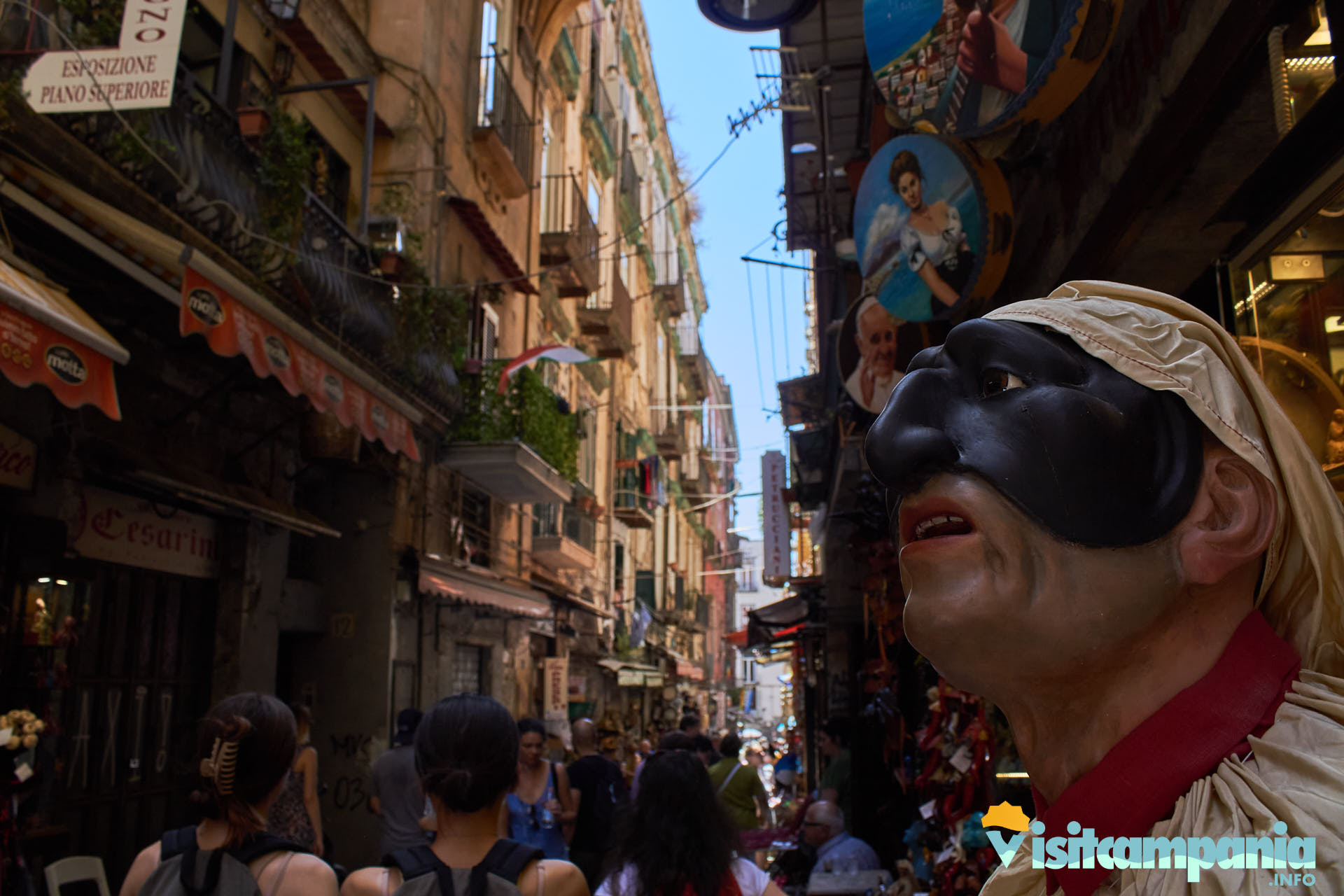
- Chiaia, Pizzofalcone, via Toledo and the Spanish quarters: it is the central area of the city overlooking the sea. It includes the stretch of waterfront of Via Partenope and Via Caracciolo and includes, inside, Via Chiaia, Via Toledo and the Spanish Quarters, Piazza Municipio and Piazza del Plebiscito. This area also includes the popular district of Pizzofalcone where the inhabited nucleus of Partenope developed over two thousand and five hundred years ago. It is mostly a bourgeois area where you can shop, even luxury, but it also includes popular neighborhoods where you can immerse yourself in the most authentic spirit of the city. There is no shortage of restaurants and clubs for a refined nightlife. There are various places of interest such as the Royal Palace, Castel Nuovo, Castel dell’Ovo and the Bourbon Gallery. It is adjacent to the historic center separated from this by via Toledo;
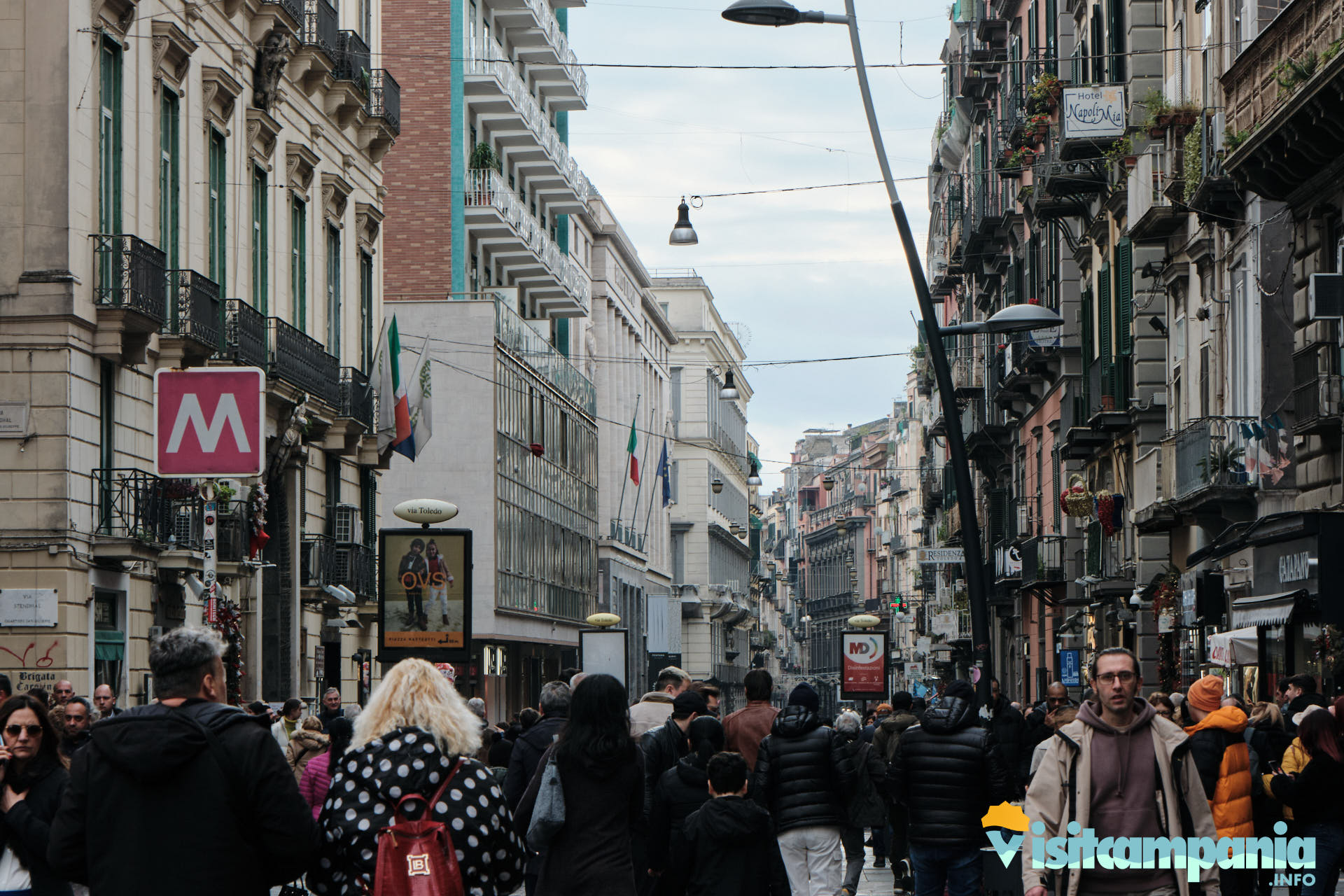
- Posillipo: located just west of the Chiaia district, Posillipo extends from Mergellina, on the sea, up the hill that separates the Gulf of Naples from that of Pozzuoli. It is an elegant neighborhood characterized by splendid views, elegant villas, descents to the sea and a quiet air more like a seaside village than a large metropolitan city. The main places of interest are Villa Rosebery, the Virgilian Park, the Archaeological Park of Pausilypon, the Marine Protected Area of the Submerged Park of Gaiola and the legendary Fenestrella in Marechiaro;
- Rione Sanità and Capodimonte: the Rione Sanità is the district located north of the historic center and separated from this by Via Foria. Very beautiful and folkloristic is, unfortunately, also very degraded. Better to visit it during the day and paying attention. It is the neighborhood that gave birth to Totò and has been the scene of various famous films such as “L’Oro di Napoli” and “Ieri, Oggi e Domani”. The main places of interest are the National Archaeological Museum, the Botanical Garden, the Catacombs of San Gennaro and the Museum and Royal Wood of Capodimonte;
- Vomero: is a vast and elegant residential district located north of Chiaia in a hilly position but easily accessible from the center thanks to the subway and three funiculars. With its tree-lined avenues and numerous shops, it is ideal for shopping but also for evening and night nightlife thanks to the many pubs and clubs for aperitifs and drinks. The main places of interest are the Certosa and Museum of San Martino, Castel Sant’Elmo, Villa Floridiana and the National Museum of Ceramics Duca di Martina;
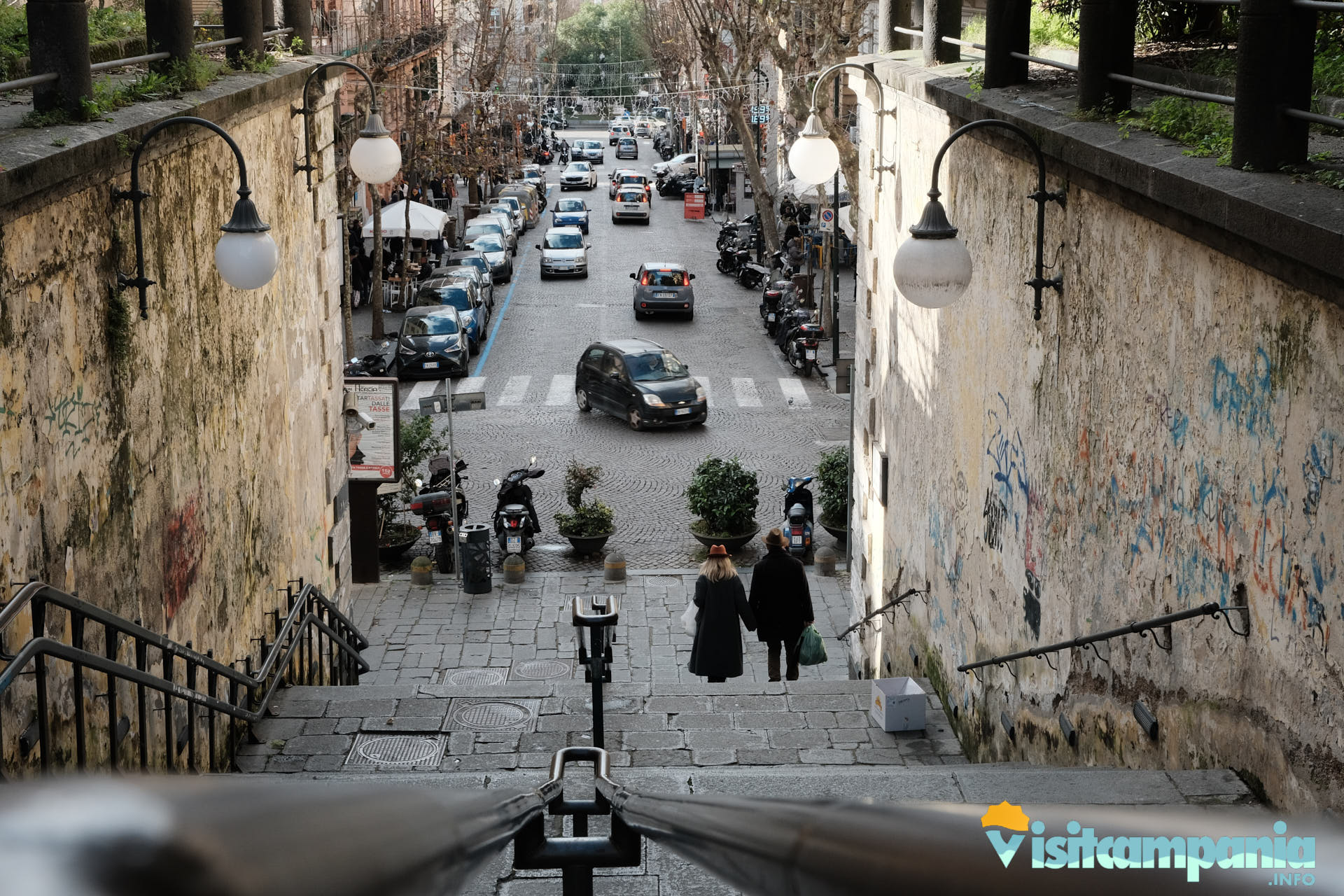
Useful links
-
- Naples and its THOUSAND colors (video);
Useful books
- The days of Neapolis. Daily life and historical events in the Greek and Roman city by Attilio Wandelingh, publisher Intra Moenia, 26/11/2015;

